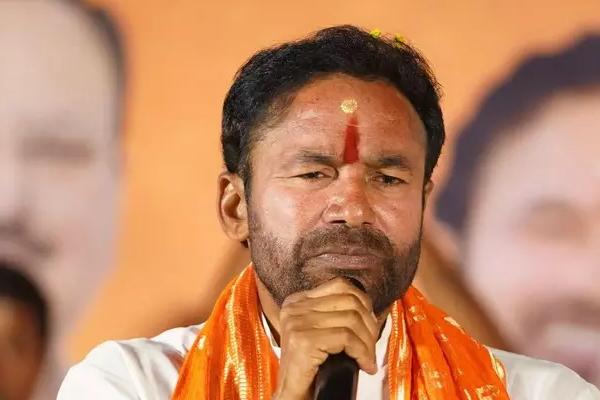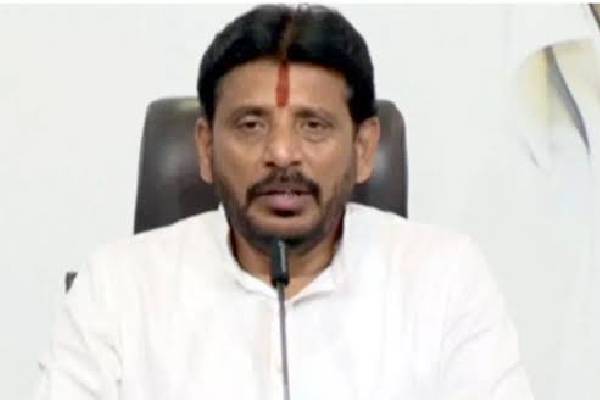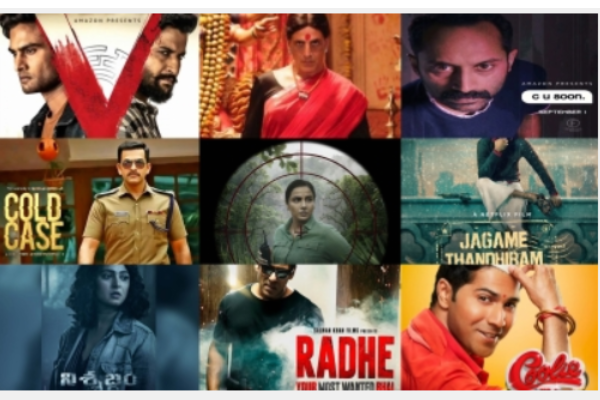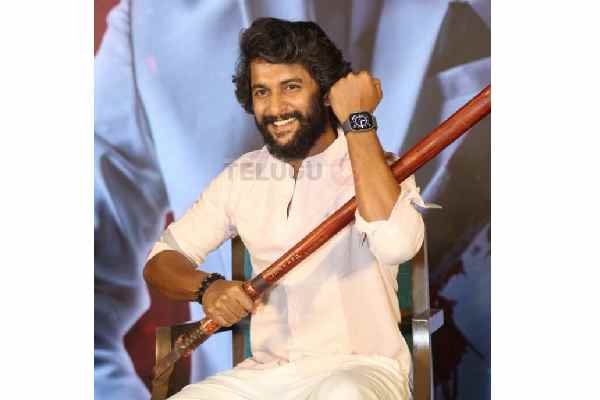When Telugu star Nani premiered his much-anticipated film “V” on an OTT platform in September, many were surprised, still others curious.
Nani is a big name in Tollywood, and “V” was his 25th film as a hero, therefore special. Traditional wisdom would suggest a star of his stature would wait for unlock and take his film to theatres first, Nani went the other way round. “V” released in theatres much later, on January 1 this year.
Less than a year later, when Malayalam star Prithviraj Sukumaran readies for the OTT release of his new film “Cold Case” on June 30, the idea doesn’t seem to surprise anyone. Of course, there is a pandemic on and theatres are shut, and lockdown induced by the pandemic seems to point at the fact that big screen business will not be normal for a while.
But along with the economics that drive it, over the past year movie-watching habits of the audience and logistics of releasing films have rapidly gotten reorganised.
The habit of watching stuff on cellphones and laptops, though not wholly satisfactory, is increasingly gaining ground, which is why even Bollywood biggies as Akshay Kumar (“Laxmii”), Salman Khan (“Radhe”), Varun Dhawan (“Coolie No. 1”) and Vidya Balan (“Sherni”, “Shakuntala Devi”) have seen films being premiered on OTT platforms.
However, while releasing films on OTT is just another commercial experiment for Bollywood stars, who have a pan-Indian audience in any case, the idea throws open a whole new avenue for regional big names.
For decades regional stars, particularly of the South, have tried accessing the pan-Indian audience. For decades, the only formidable way to do so was by securing a pan-India release for their film. For this to happen, there were two routes to take.
You could either try and crack Bollywood (tough deal even for the mighty Rajinikanth, given the Hindi film industry’s insular nature and continuing tendency to stick to camps). Or, you could take the dubbing route, which is what stars like Rajinikanth, Chiranjeevi, Nagarjuna, Venkatesh, Vikram, Vijay or Prabhas did over the years, among many others from down South.
It was mostly always a challenge to find the right distribution for dubbed content, even though it seemed a sure winner. Apart from the odd release as “Sivaji”, “Enthiran” (released as “Robot”), “Pratibandh”, “Shiva” or “Aparichit” and the “Bahubali” films to name a few, most regional films found it difficult to secure satisfactory release and box office impact outside their home state.
OTT reverses that situation, and sets the ball rolling for actors from all over India to find an equal footing when it comes to viewership. Salman Khan’s mega-hyped “Radhe” and the modestly mounted Telugu comedy drama “Battala Ramaswami Biopikku” dropped on the same OTT platform in the same weekend, setting up a level playing field.
Suddenly, the notion of pan-India accessibility — nay, global accessibility — had been rejigged. Bollywood stardom wasn’t the only calling card for all-India superstardom.
It is a reason why someone like the Tamil star Dhanush goes with the idea of releasing his latest film “Jagame Thandhiram” on OTT. Dhanush, who was already a familiar face in the pan-India market due to his 2013 Bollywood debut performance in “Raanjhanaa”, has seen a rapid flow of releases in the digital space. His films as “Asuran” and “Karnan”, which had done sufficiently well in their home market, found a substantially bigger fan base for the National Award-winning star post OTT release.
Every major actor and actress from regional film industries is currently realising that the divide between vernacular and national films can be obliterated thanks to OTT culture. A big bonus here is also the fact that the same film can be simultaneously made available with multiple language options, which allows for easy reach in untapped markets.
The past year has seen a cross-section of big names from the South including Mohanlal (“Drishyam 2”), Anushka Shetty (“Nishabdham”), R. Madhavan (“Maara” and “Nishabdham”), Jyothika (“Ponmagal Vandhal”) tap into OTT accessibility, and take their latest films to audiences far beyond what conservative exhibition patterns would have allowed.
The likes of Fahadh Faasil (“Joji”, “C U Soon”), Danish Sait (“French Biriyani”), Indrajith Sukumaran (“Halal Love Story”), Bhargava Poludasu (“Gatham”), Ragini Prajwal (“Law”) became household names among movie buffs with direct-to-OTT release of their films, much more than mere theatrical release would have let them be. There have been many others, still many more are lined up over the next months.
Tapping into language cinema for direct-to-web deals is actually a gold mine that OTT players are waking up to. There is a huge reservoir of stars who are chasing the power of digital space to take them into audience mind space just about anywhere in India and the world.
Even after things have normalised, and theatrical releases start again, top names of regional film industries know there is always the OTT advantage from now on, to reach out to an unlimited audience base.

































